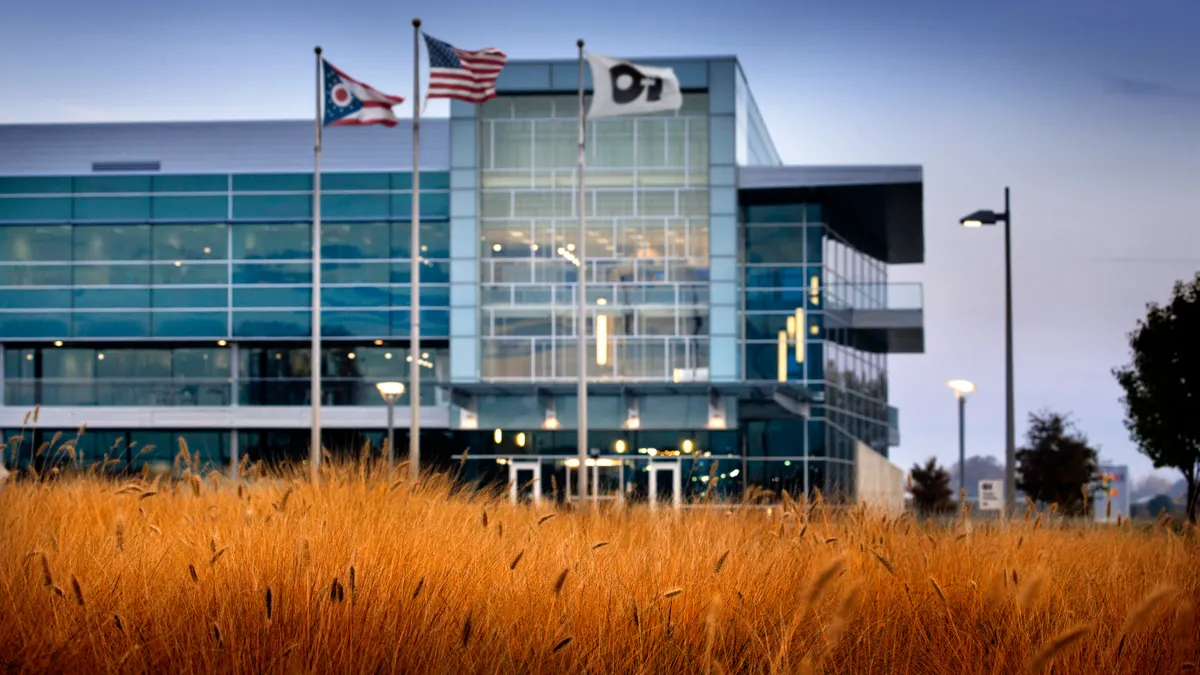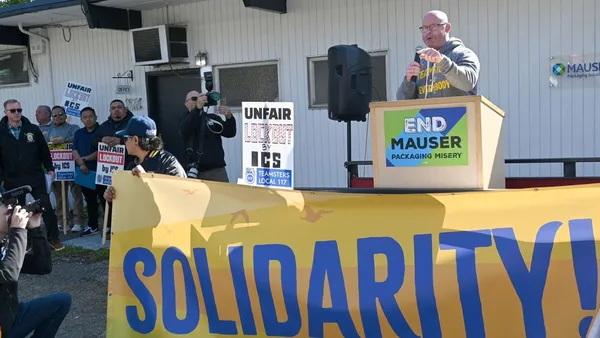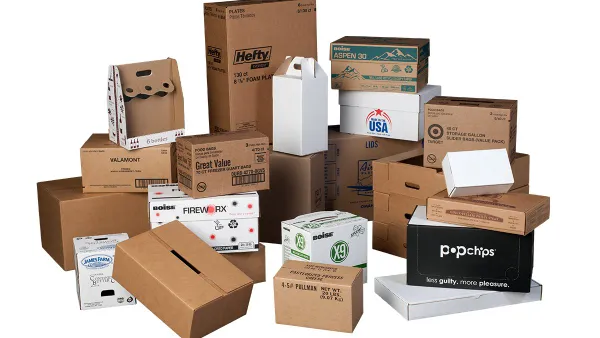- Q2 readout: CEO Andres Lopez said during Wednesday’s second quarter earnings call that slower consumer consumption and customer inventory stocking alike resulted in lower sales volumes, which the company had anticipated. “We did increase some additional costs for temporary downtime to balance supply with demand,” Lopez said. Still, adjusted earnings per share exceeded the company’s guidance. O-I tightened the range for its expected full-year results, including for adjusted earnings. The company expects free cash flow will be approximately $175 million.
- Volume declines: Sales volumes were down 9% year over year. O-I attributed 3% to 5% of the decline to lower consumer consumption, about 2% to 3% to inventory destocking and 2% to internal capacity or inventory constraints. Looking at that 9% decline by market and category, about 30% was linked to wine, 28% to beer and 27% to spirits, particularly Mexican tequila. Into Q3, Lopez said that July sales volumes were down “but a bit better than we saw in the second quarter.” Executives expect Q3 shipments will still be down, but improvement will continue into Q4. “Overall, we expect volume trends will remain choppy for a while,” Lopez said. He also noted that the North America market “has been doing fairly well ... in part because we've been diversifying away from beer into growth categories.”
- Analysis of destocking: CFO John Haudrich noted that destocking trends among customers aren’t a monolith. “We serve many different end-use categories, all of which have different approaches on inventory,” he said. Speaking broadly, however, Haudrich said that O-I is beginning to see a transition out of the destocking phase, with trends more so aligning with dampened consumer consumption patterns. Haudrich added that month-to-month variability — with May volumes improving from April, but June falling again — has made the situation a bit difficult to read. “Destocking tends to be a pretty choppy environment, especially when it's at the tail end, and people are starting to calibrate from destocking over to fundamental demand patterns,” Haudrich said. “So that kind of gives us some sense that we're probably in the later stages of the destocking phase.”
- Growth opportunities: Haudrich highlighted numerous expansion and development projects in the works, including in Brazil, Canada, Colombia, Peru, Scotland and the U.S., in Kentucky. Once fully operational, added capacity is expected to result in an additional $115 million to $120 million in annual profit for O-I. “So that will be a good shot in the arm” on top of economic recovery next year, Haudrich said.
- Commentary on 2024: Despite “some short-term challenges,” O-I expects shipments will be up in 2024, “aided by our expansion projects, which are supported by long-term contracts,” Lopez said. Haudrich explained during the call that over half — approximately 55% — of O-I’s business globally is under long-term contracts.

O-I Glass looks ahead to 2024 expansions amid ‘choppy’ destocking
Q2 results exceeded expectations, executives said, despite lower consumer demand and destocking trends dampening sales volumes.

Recommended Reading
- O-I Glass’ Drinktainer gains market availability 2 years after launch thanks to co-packing agreement By Katie Pyzyk • July 21, 2023
- O-I Glass emissions fell in 2022 with lightweighting, tech, recycling initiatives By Maria Rachal • June 21, 2023
- O-I Glass sees lower volumes in Q1 but raises 2023 earnings guidance By Maria Rachal • April 27, 2023













